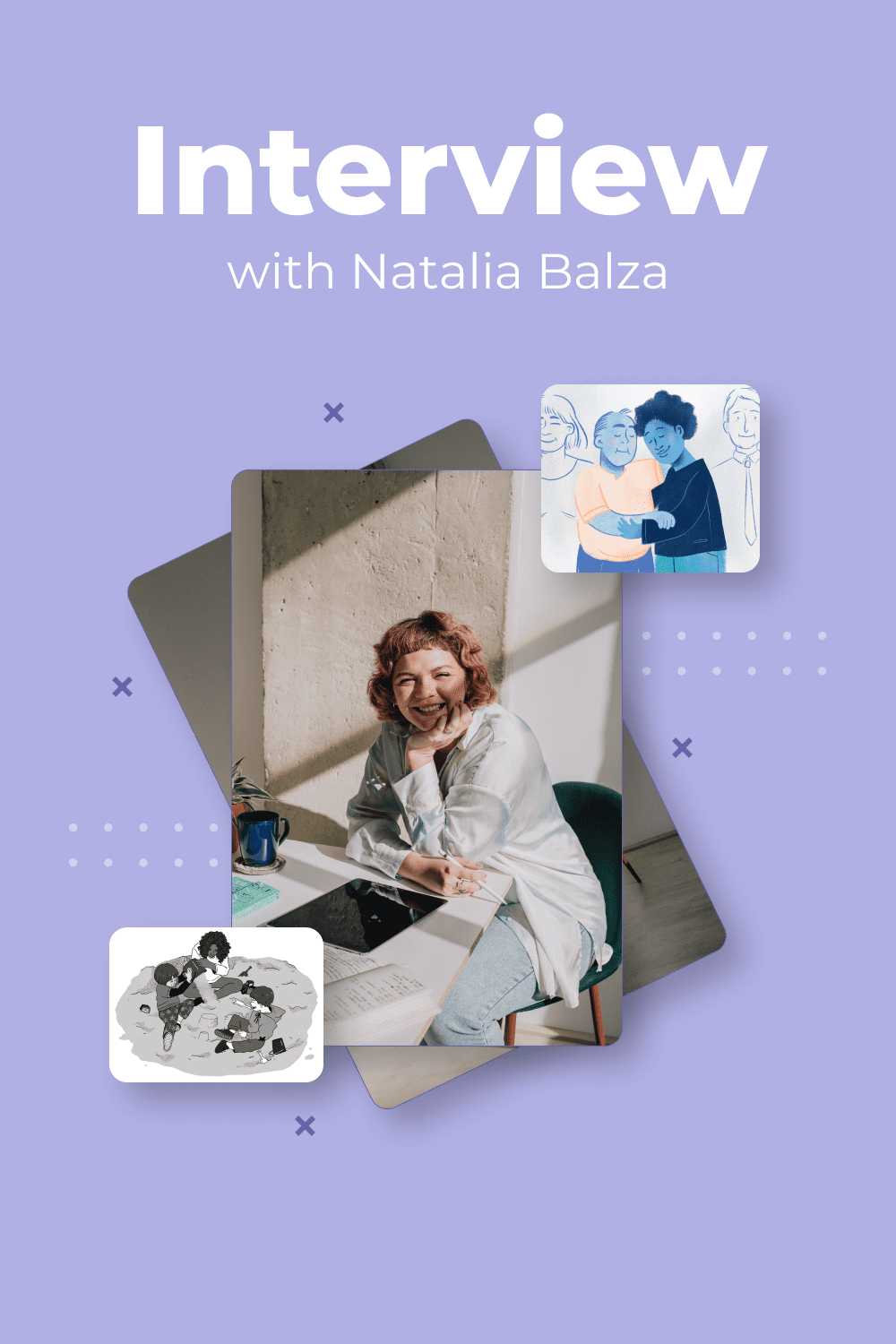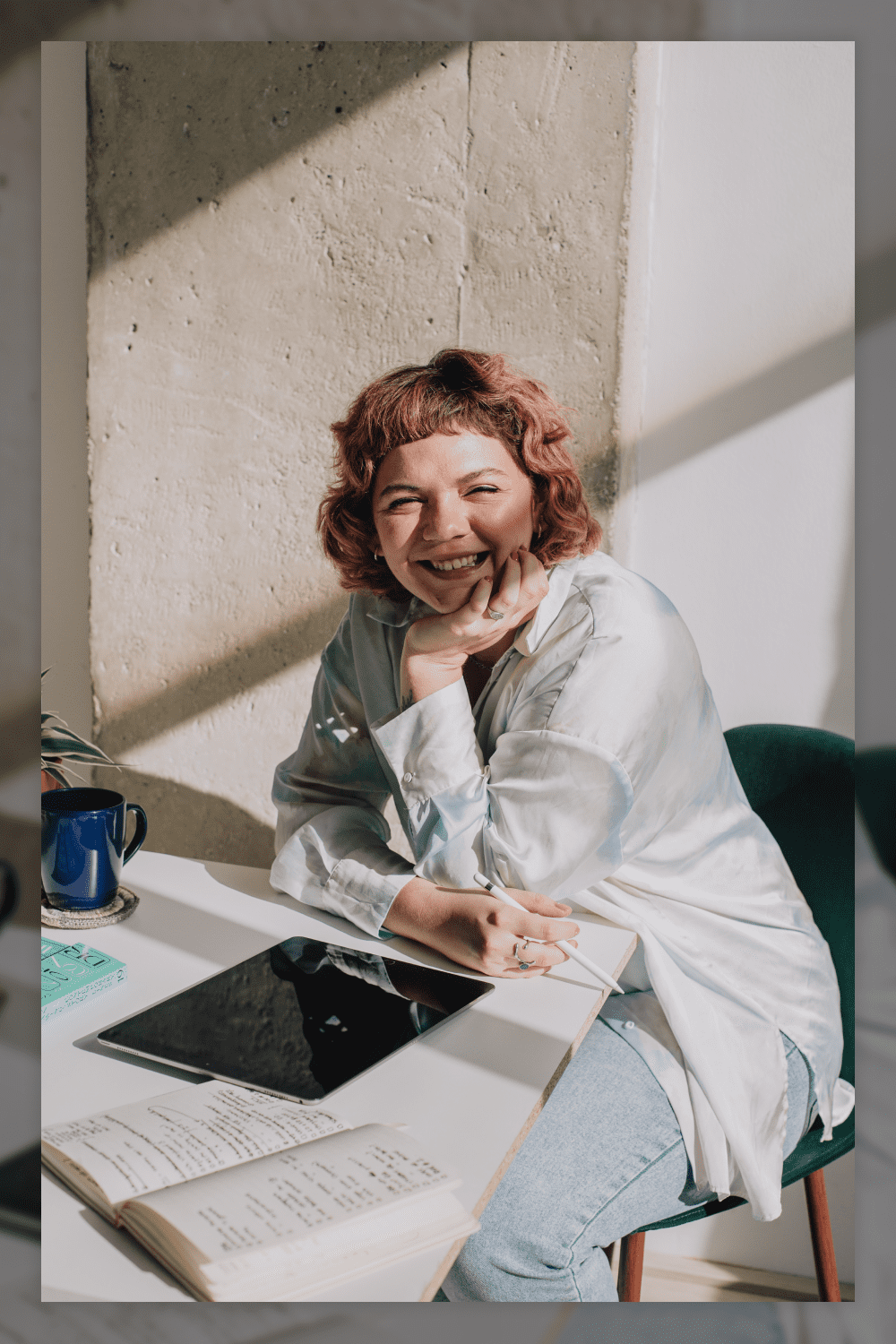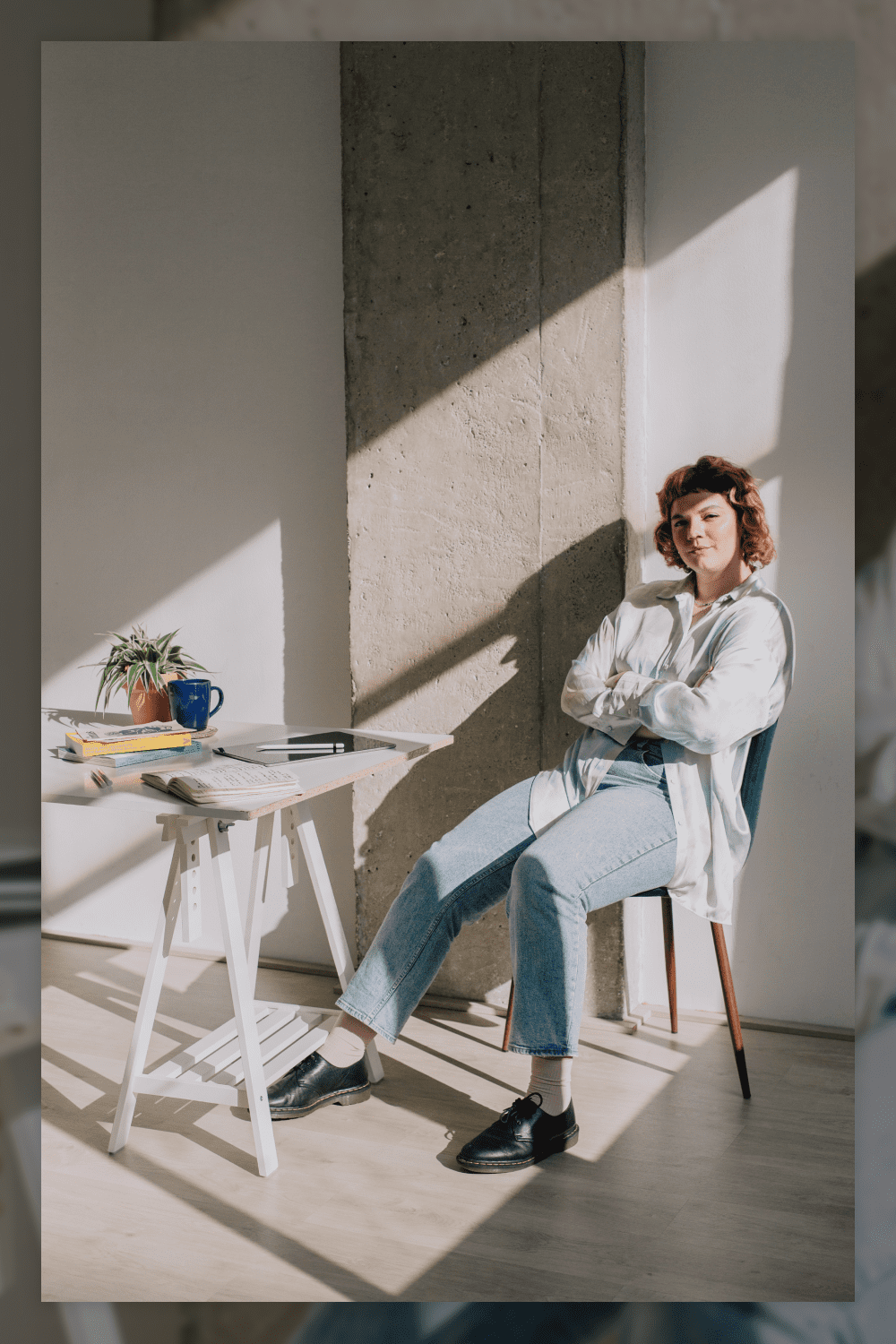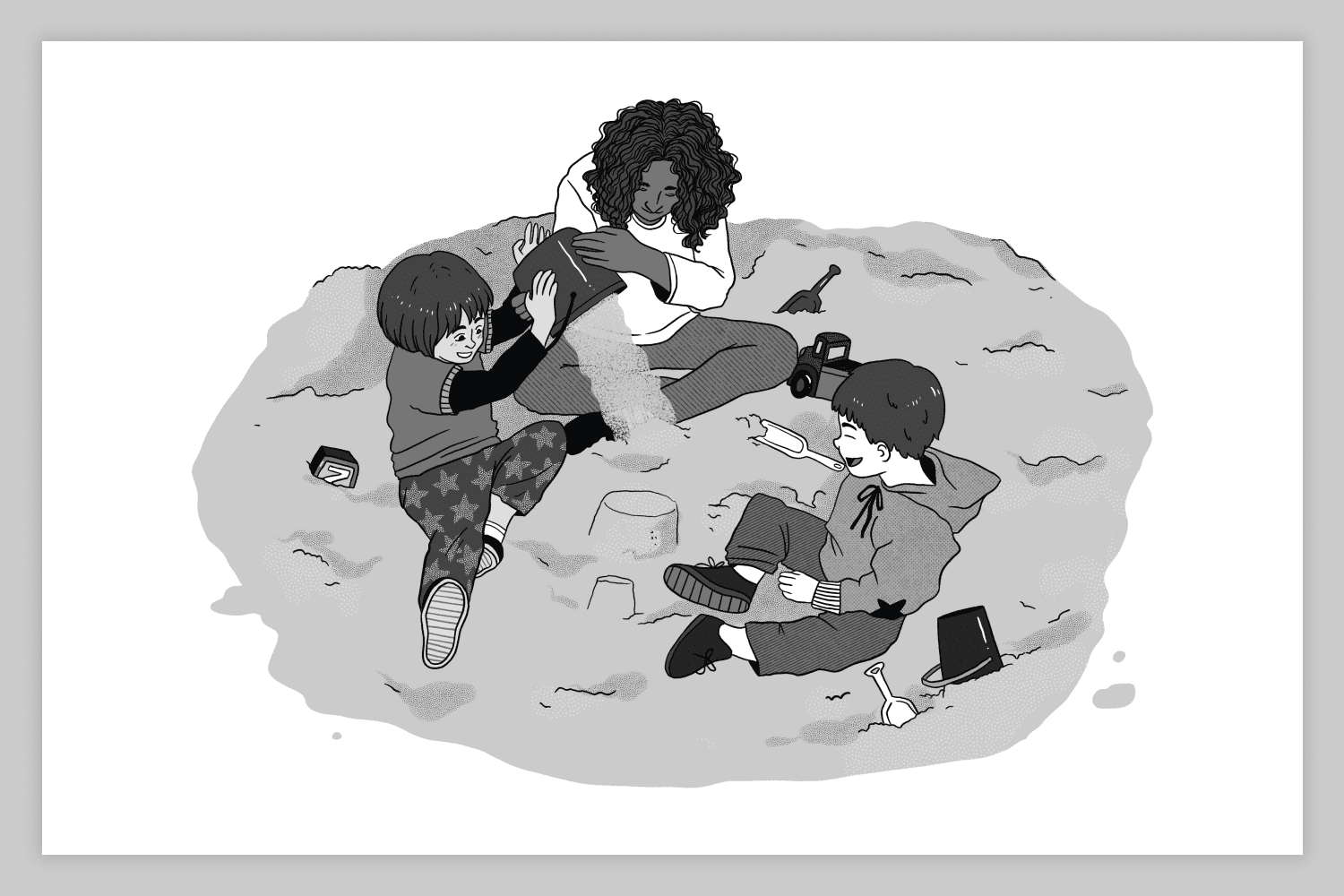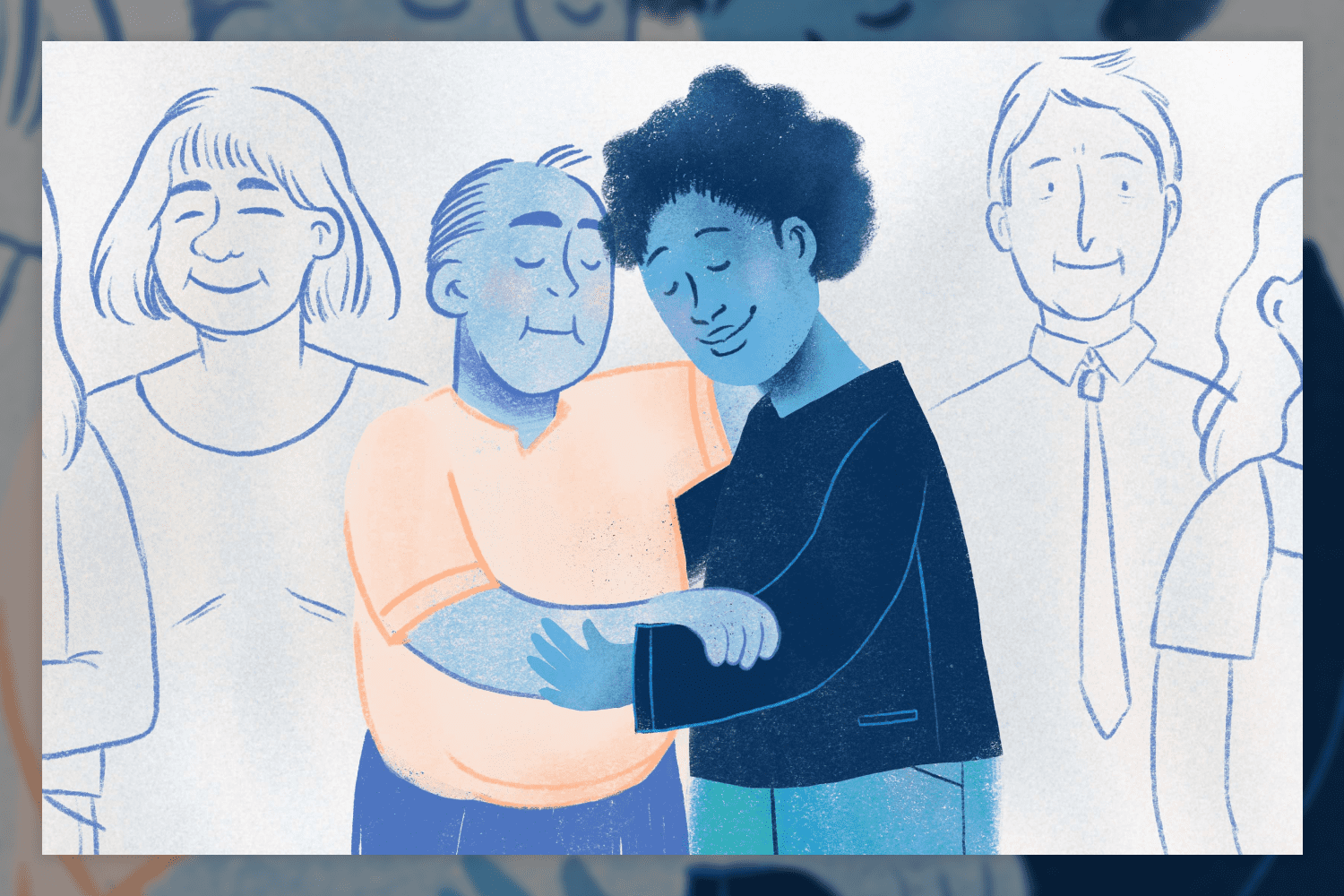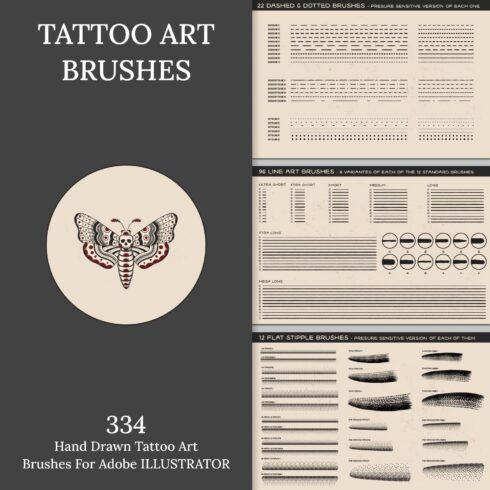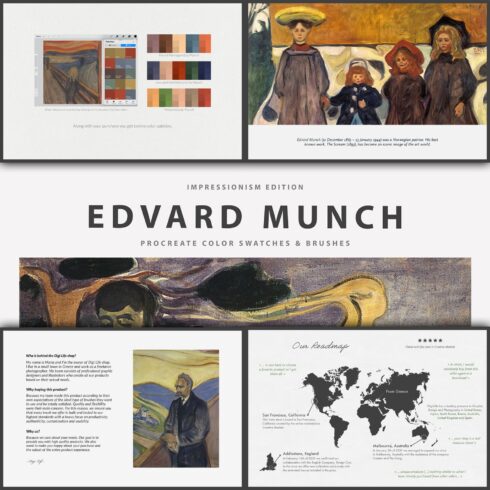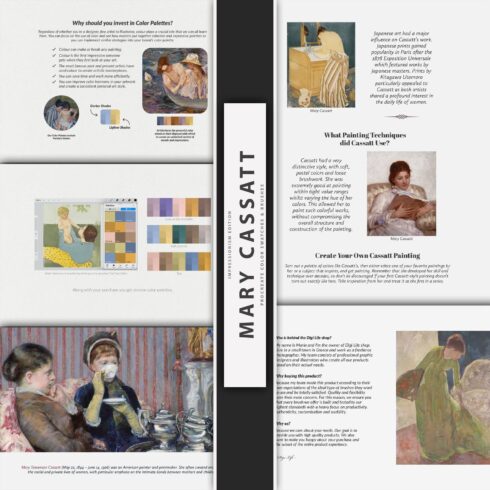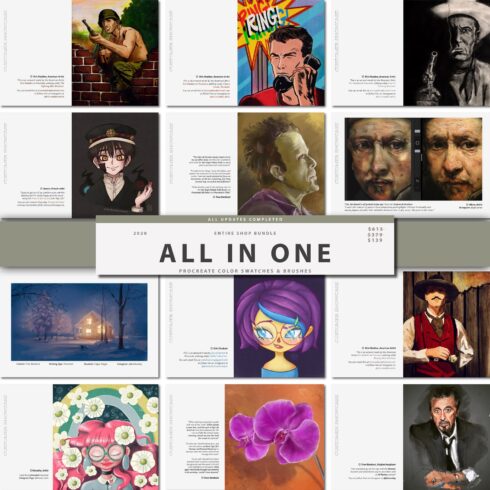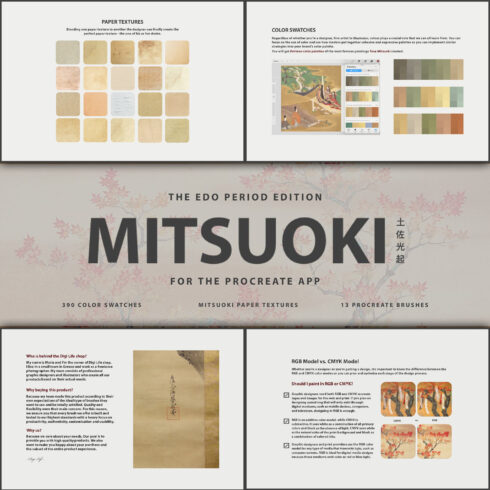My work depicts the things that I find beautiful in daily life – Natalia Balza
Natalia Balza, or Nat as she calls herself, is an illustrator, 2D animator, project manager, and designer who was born in Argentina, but considers herself half Colombian and half Argentinian. Currently, she lives in Barcelona, Spain.
She studied at Palermo’s Buenos Aires University and specialized in editorial graphic design.
On her website, she describes herself as obsessed with creating, and by taking a look at some of her recent works, you can totally tell this is true since she works in all the creative worlds possible, making beautiful pieces for advertising, social media, fanzines, ecards, coloring books, textile, logos, branding, and much more!
Her universe is big, and I invite you to learn a little more about her!
Interview with Natalia
How did you decide to become a professional illustrator?
I don’t actually work as an illustrator even though I do commission work. I work as an Art Director and Project Manager for an animated explainer video company, but I’ve been working on and off illustration projects for around 7 years.
How long have you been doing this?
I don’t think I really decided to become an illustrator. I started drawing when I was young and never stopped. I’ve mostly worked as a Graphic Designer, but I’ve always managed a way to include illustration in my work.
When did you know you wanted to be an illustrator?
My earliest memory is from when I was 5 years old.
Did you find support among your family or friends to pursue this line of work?
Yes, both. I’ve been very fortunate in having the people around me always encouraging me in whatever I decide to do. Most don’t even understand what I actually do nowadays, to be honest haha, but they still support me all the way.
How would you define your work?
I think of it as a work of nostalgia – of depicting the things that I find beautiful in daily life and making them my own. Sometimes it is almost child-like, and other times it can get slightly darker.
I see in your work that you have a lot of comics. Is this something you like doing in particular?
I do love storytelling through vignettes. I started avidly drawing when I was a teenager and was obsessed with manga and graphic novels. I have a few ideas for future projects to do graphic novels so, yes, definitely!
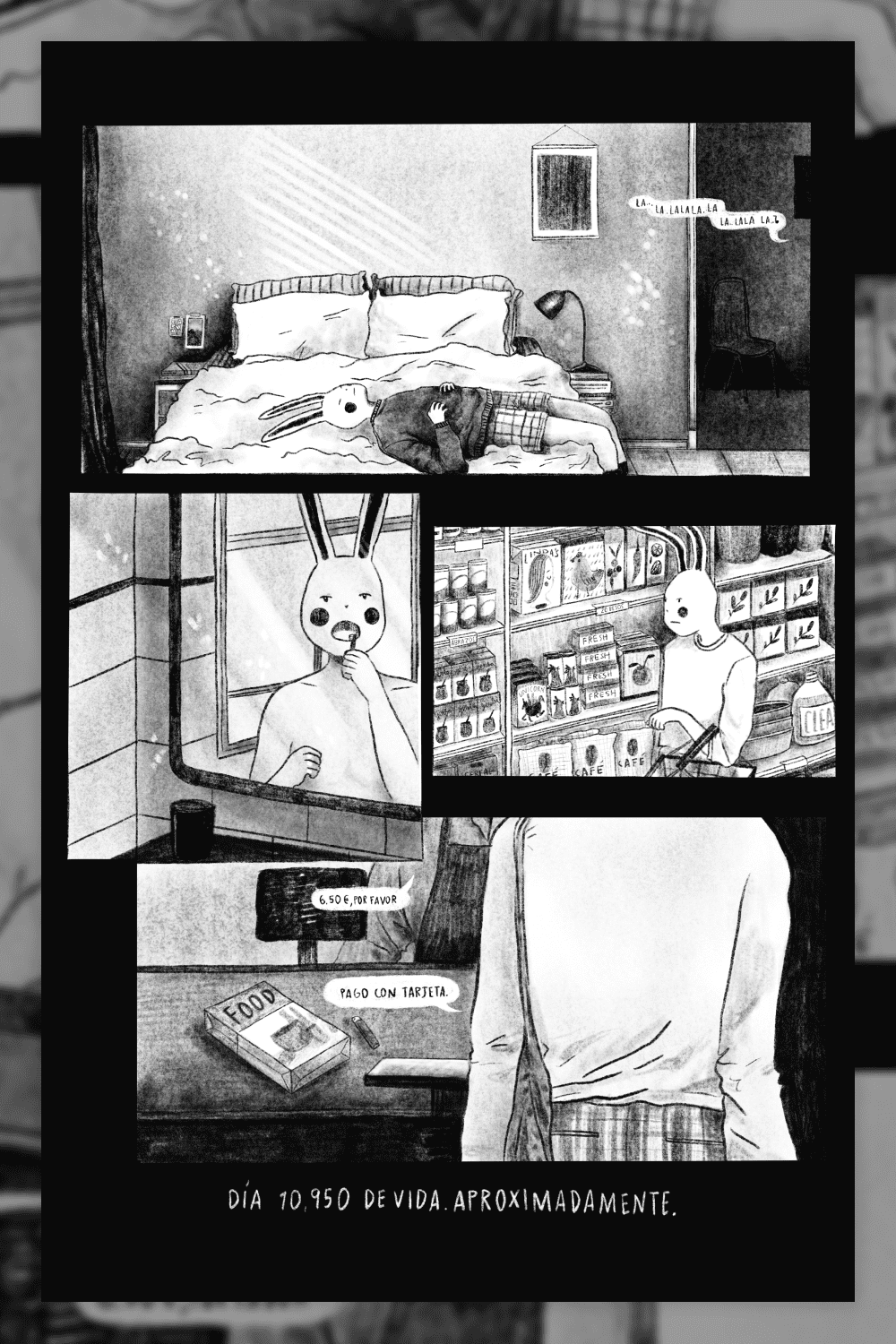
Where can we find your work?
Mostly through my Instagram account. Every time I do any product launch or publication I share it there. Physically, though, it is available throughout Markets in Barcelona.
What do you like most about this profession?
I like linking other people’s views and stories with their references and backgrounds, mixing them with my own, and then finding a way for it all to work together – to be cohesive and have a life of its own.
What kinds of tools and techniques do you work with?
Nowadays, mostly digital (Procreate + Ipad or Wacom and Photoshop). I’m currently into alcohol-based markers and a stream of different pens when using traditional media.
What do you enjoy more, digital or hand-drawn work?
I can honestly say I like both. Like any type of media, I’ll choose one over the other depending on my needs as well as the projects.

Do you think that nowadays clients prioritize illustrators who can handle digital illustration?
Not really. I think what clients prioritize more are illustrators who are able to deliver their files correctly and understand correct workflows. If you’re a great artist that works traditionally but can only present a physical A3 of your work then you’re probably not someone people will want to work with because it means extra work for the client. However, if you’re that same artist and you can provide a high-resolution version of your work (be it scanned or HQ photo) depending on the needs of the client (if a client needs certain things separated in Photoshop layers, for example) then that’s a person someone wants to work with.
I find that one of the most frustrating things about working with others is that people don’t prepare their files for someone else to take over. Naming layers, dividing and organizing assets, etc. – it’s a game-changer for working with other people.
Who are your biggest influences?
That’s a long list. At the top of my head and without any particular order: Fran Meneses, Paul Auster, Carson Ellis, Annie Leibovitz, Philip Pullman, Patrick Ness, Eugenia Melo, Neil Gaiman, Amanda Palmer, Gerard Way, Clamp, Manu Montoya… the list goes on.
What’s been your most challenging project to date?
I did a full alphabet in the style of old Illuminated books back at the start of quarantine. Currently, I’m working with a group doing a short movie in 2D style for my master’s. It isn’t finished yet but it’s easily been one of my most challenging projects ever.
Did you find more work during the pandemic or it didn’t make a difference to you?
During the pandemic, since I had just moved to Spain and actually didn’t have any work, I used that opportunity to find illustration work through platforms like Upwork. I found a LOT of work.
What was your favorite project to date?
I’m not good at picking favorites but I loved working on a personal project I did about book covers for The Chronicles of Narnia.
Do you get creativity block? If so, how do you overcome it?
I do, constantly. I write. I’m into the Morning Pages (3 pages a day, every day). Other than that – doing something different like going to an exhibit, taking walks, or simply thinking about other things.
How do you organize yourself when you have to start a new project?
I map out how it overlaps with my day job and organize the hours to make it work. It really varies from project to project.
Do you follow and investigate new trends?
Not really. I do investigate new artists, whether they are new to me or up-and-coming.
What skills have been most beneficial to you in your career?
The short answer is communication: being vocal throughout any process or situation.
How do you manage a work-life balance?
I’m still trying to figure it out. Mostly I’m trying not to work on the weekends and to shut my computer off by 9 pm. The last bit – it’s been hard to do.
Have you ever gotten a very bad review about your work? How did you handle it?
Not the work itself but the delivery – not what they were expecting or taking more time, etc. I try to talk it out, it’s never been a bad situation, though.
What advice would you give to someone who is just starting in this line of work?
Draw, even when you’re sad. It’s incredibly cathartic.
Can you think of a downside of being an illustrator?
What you do to evade things (drawing) now becomes your work as well.
What are your professional goals nowadays?
I want to focus on personal projects. I have a couple of things that I’d like to work on like the graphic novel I mentioned before. I’d like to do things that are away from my daily things and can keep my creative monster alive.
Have you heard about MasterBundles before? What do you think about it?
I hadn’t, actually – I’d heard of similar projects but not this one per se.
Do you think this is a good way to start selling your work?
Sure, I think it fills the gap between illustrators and future clients. It seems like a good way to benefit both sides.

We asked Natalia to show us the process and she created a short video where she shows us how to organize layers as an illustrator.
Check out more of Natalia’s works on her website, in her Behance or Instagram accounts!
What are your concerns?
Thanks for your response!
Disclosure: MasterBundles website page may contain advertising materials that may lead to us receiving a commission fee if you purchase a product. However, this does not affect our opinion of the product in any way and we do not receive any bonuses for positive or negative ratings.
